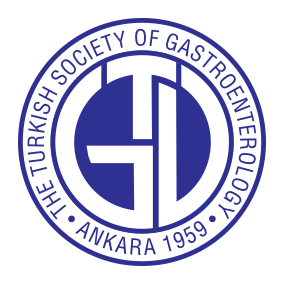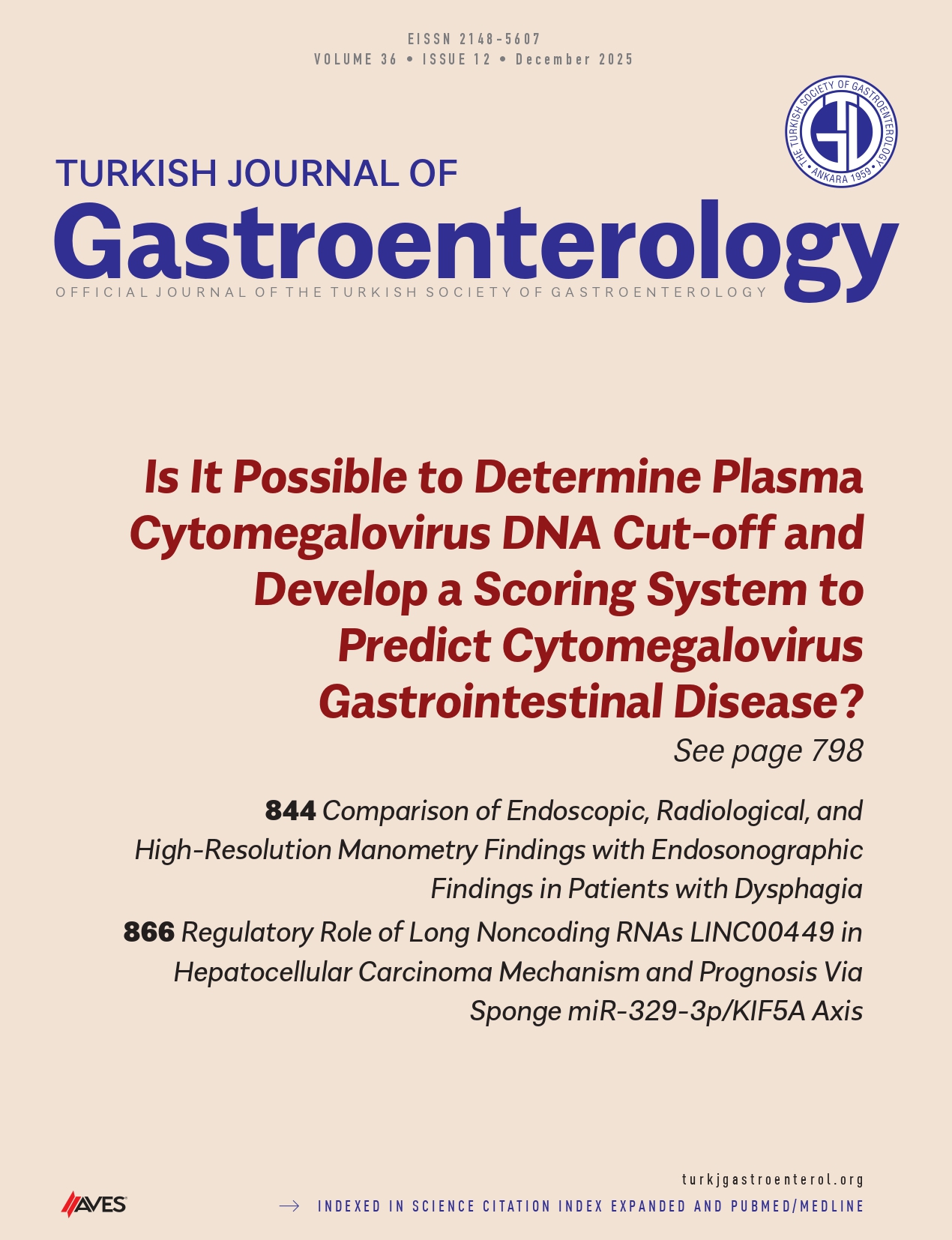Background/Aims: Colorectal cancer (CRC) has presented a significant burden. Gold standard diagnostic methods, such as invasive procedures and serum biomarkers, have limited sensitivity and specificity; thus, the development of more accurate and noninvasive detection approaches is imperative. Emerging research elucidating the intricate role of the gut microbiota in CRC pathogenesis underscores the need for precision screening tailored to high-risk cohorts to improve early detection and intervention strategies and comprehensively address this challenging clinical problem.
Materials and Methods: Fecal metagenomic sequencing datasets were employed to identify potential bacterial biomarkers for CRC diagnosis and selected relevant microbial taxa for subsequent validation. A total of 180 participants were enrolled: 65 healthy controls (HC), 65 colorectal adenoma patients, and 50 CRC patients, and fecal samples were analyzed using fluorescence quantitative polymerase chain reaction to confirm biomarker relative abundance, culminating in the establishment of an evolutionary model for CRC progression; furthermore, a treatment efficacy and prognostication model supported by comprehensive statistical methodologies was established.
Results: This study analyzed fecal microbial biomarkers associated with CRC progression and identified differentially abundant bacterial species across HCs, adenoma, and CRC patient groups. Notably, Fusobacterium nucleatum (Fn) and Peptostreptococcus anaerobius (P. anaerobius) showed significant correlations with CRC stage and metastasis, highlighting their potential as diagnostic biomarkers. Among individual microbes, P. anaerobius exhibited the highest diagnostic value when combined with Fn.
Conclusion: The results underscore the potential application of fecal microbial markers, particularly Fn and P. anaerobius, for diagnosing CRC and monitoring its progression.
Cite this article as: Shen F, Xu C, Wang C. Gut microbiome diagnostic biomarkers for colorectal cancer. Turk J Gastroenterol. Published online September 22, 2025. doi:10.5152/tjg.2025.24810.




.png)
.png)